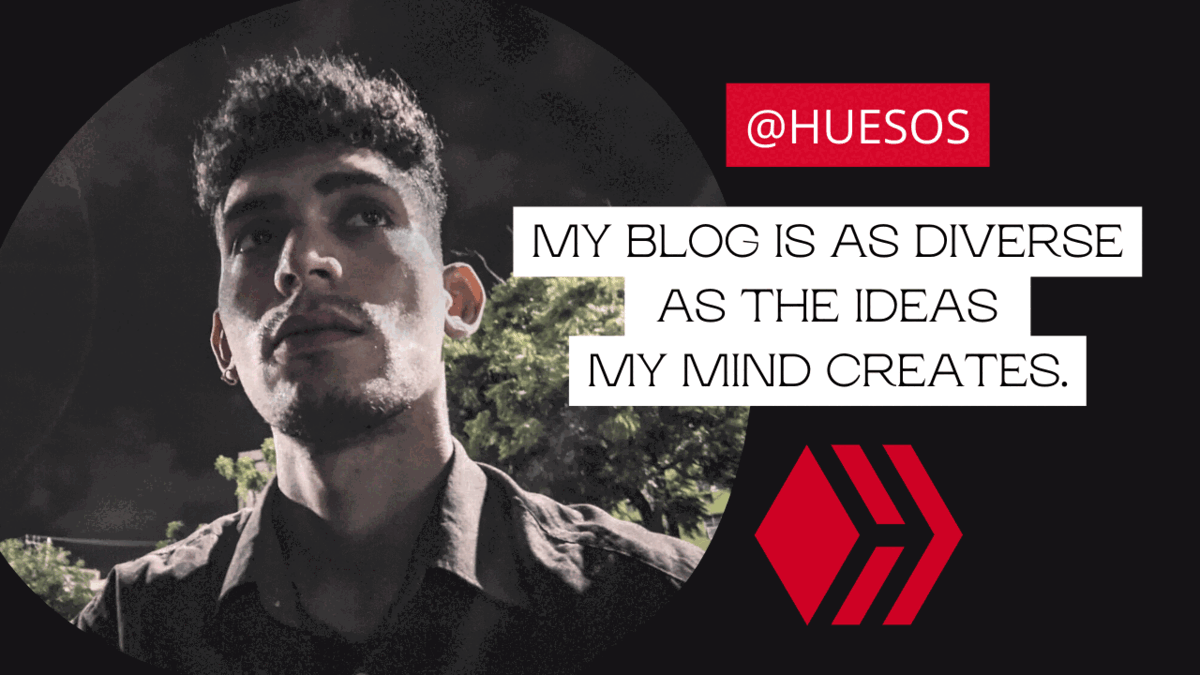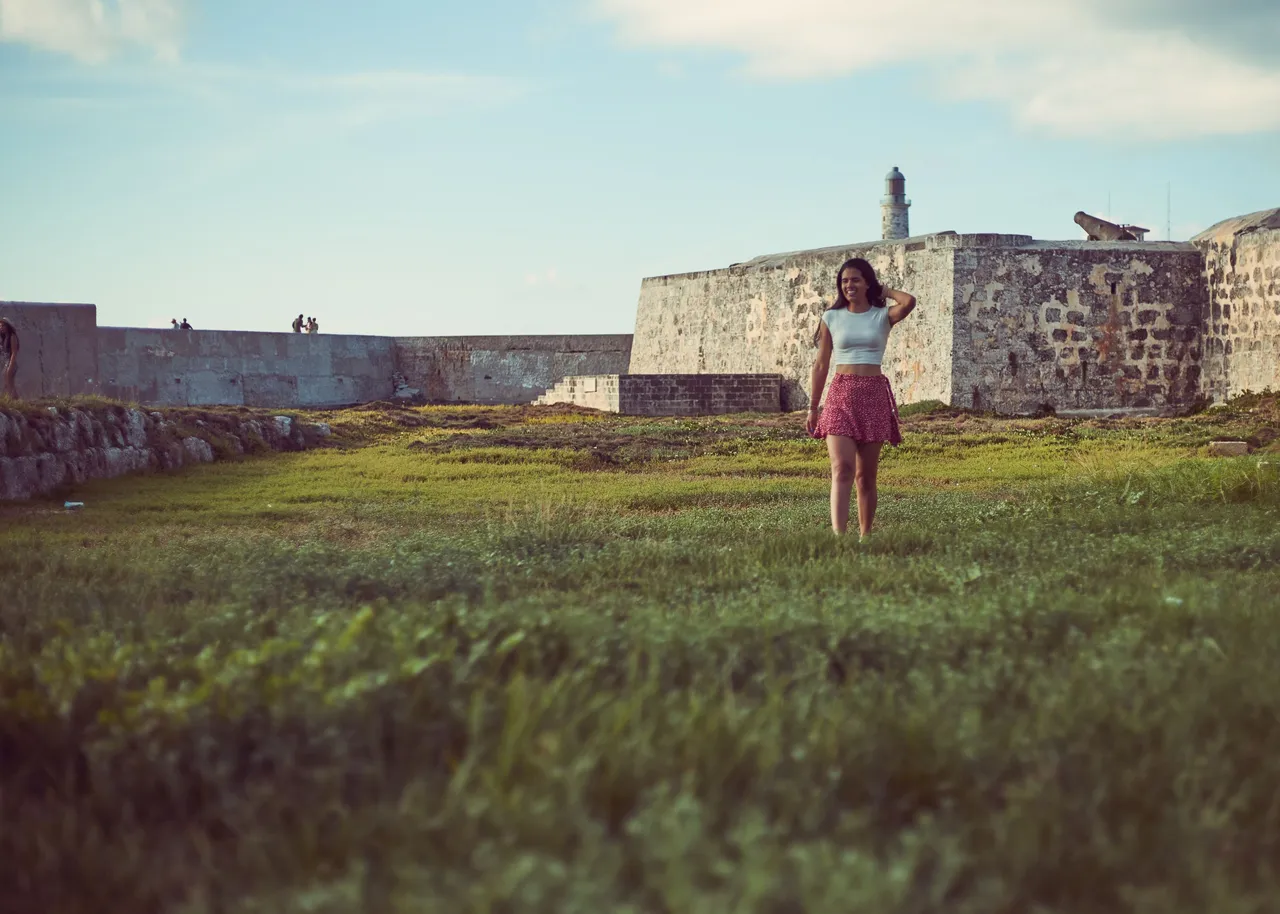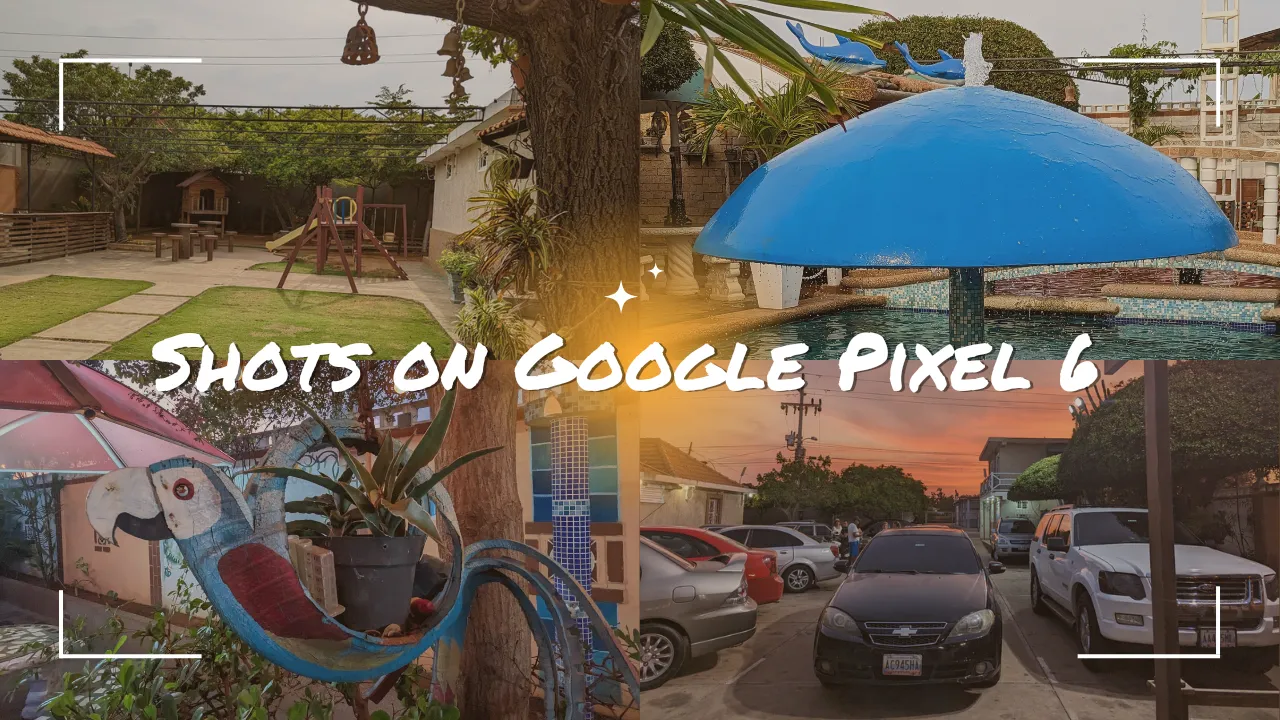
Versión es español abajo. Click aquí
Alright, so AI has been enhancing our photos for quite some time now. Ever since the release of the first Google Pixel, other companies have been incorporating AI to improve the camera capabilities of their smartphones. iPhone, Samsung, Oppo, Xiaomi, and OnePlus are all doing it. However, Google was the pioneer in this field, and they have been leading the way ever since.
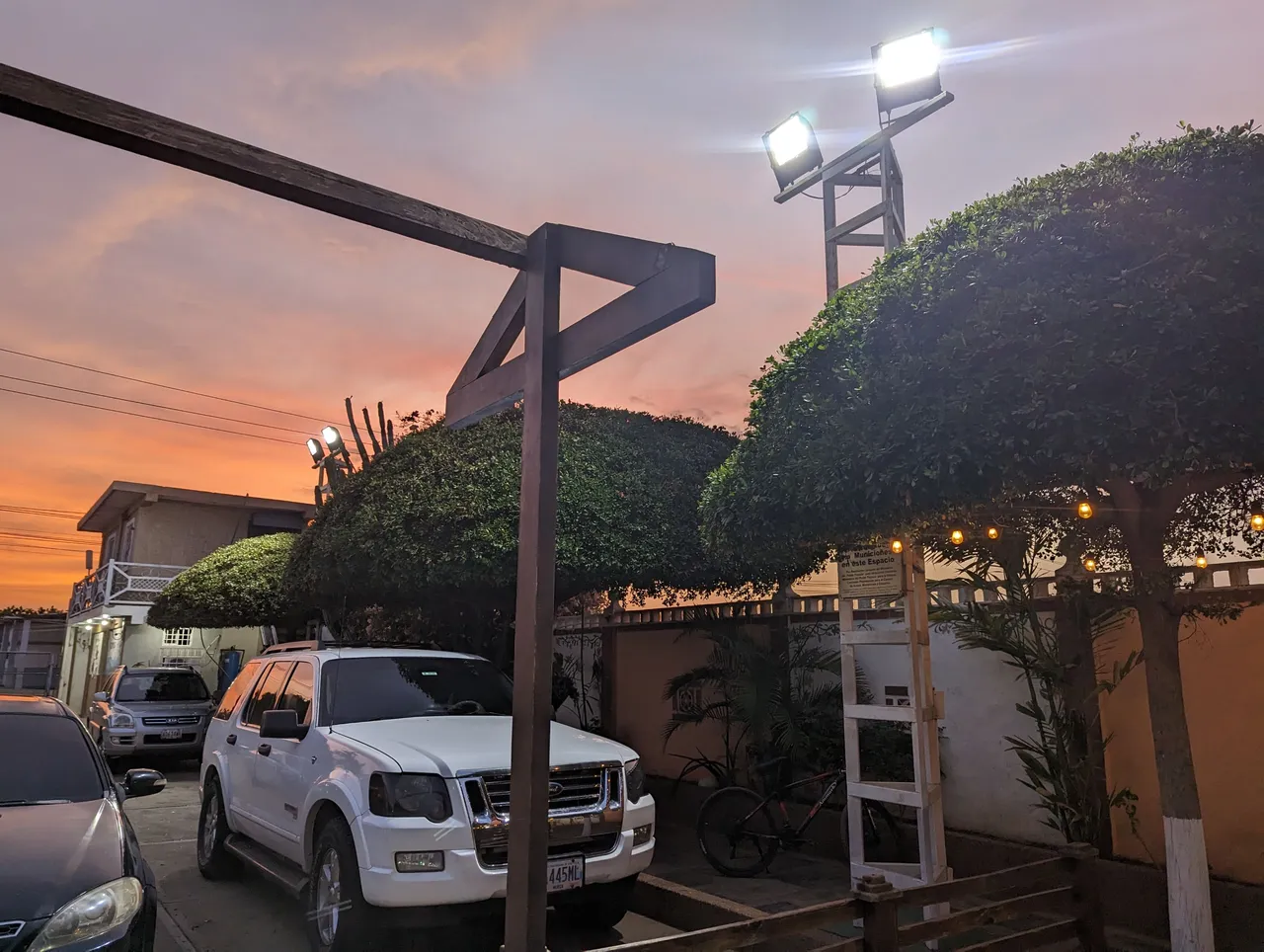
The first time I had the opportunity to try a phone with AI-enhanced photography was with the Redmi 9T, a great mid-range phone at the time of purchase. I must admit, though, it wasn't the best phone for photography. While it performed well compared to other phones in its category, the AI capabilities were not particularly impressive. That's when I decided to take matters into my own hands.
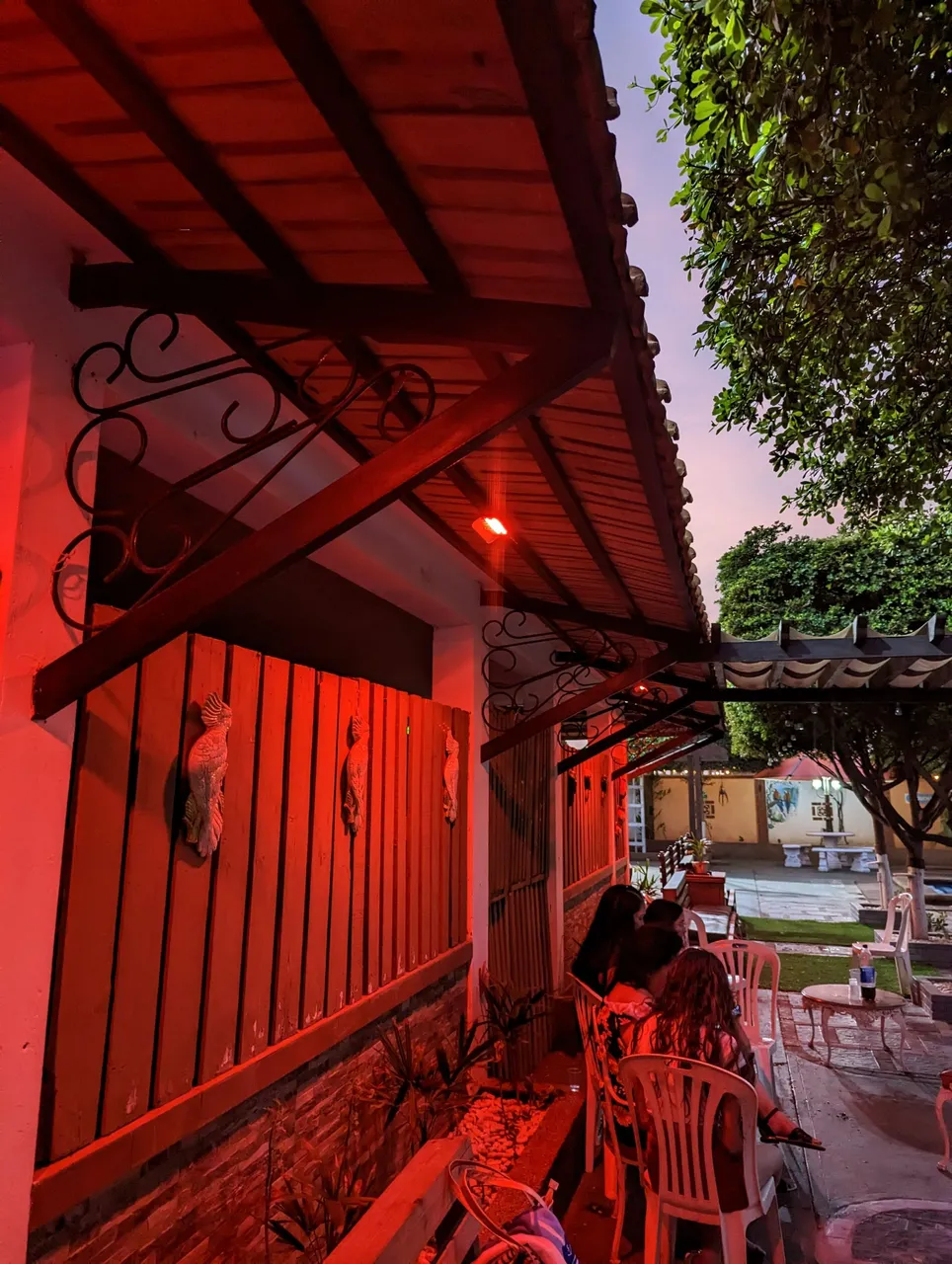
Fortunately, the fantastic AI technology from Google Pixel devices can now be downloaded and used on most Android phones. It may not be official or available on Google Play, but trustworthy sources can be found to download it.
I had already shared some photos taken with that phone, but sadly, it was stolen. It was a terrible loss for me since my phone is essential for almost everything I do. I use it for work, to stay connected with loved ones, for gaming, and, of course, to capture photos of everything that catches my eye.
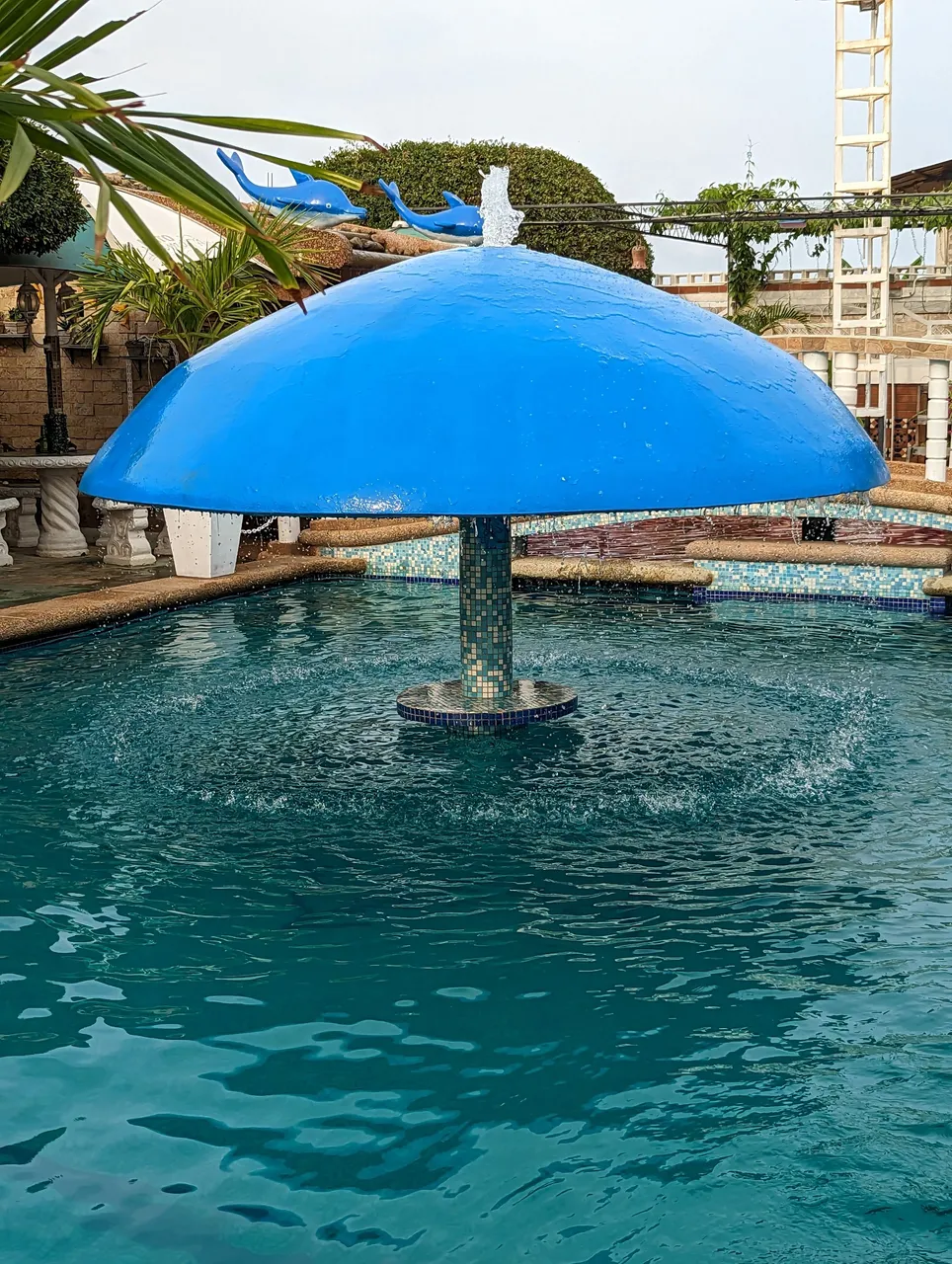
But life smiled upon me. I was blessed with the opportunity to acquire the phone of my dreams, the very device I had admired for its outstanding photo capabilities while using a less optimized software version. Now, it's in my hands, and I couldn't be more excited. Later, I'll share how I managed to obtain it in Venezuela, even though it's not officially available in Latin America. But for now, I want to showcase some photos that demonstrate the true prowess of this "Gcam."
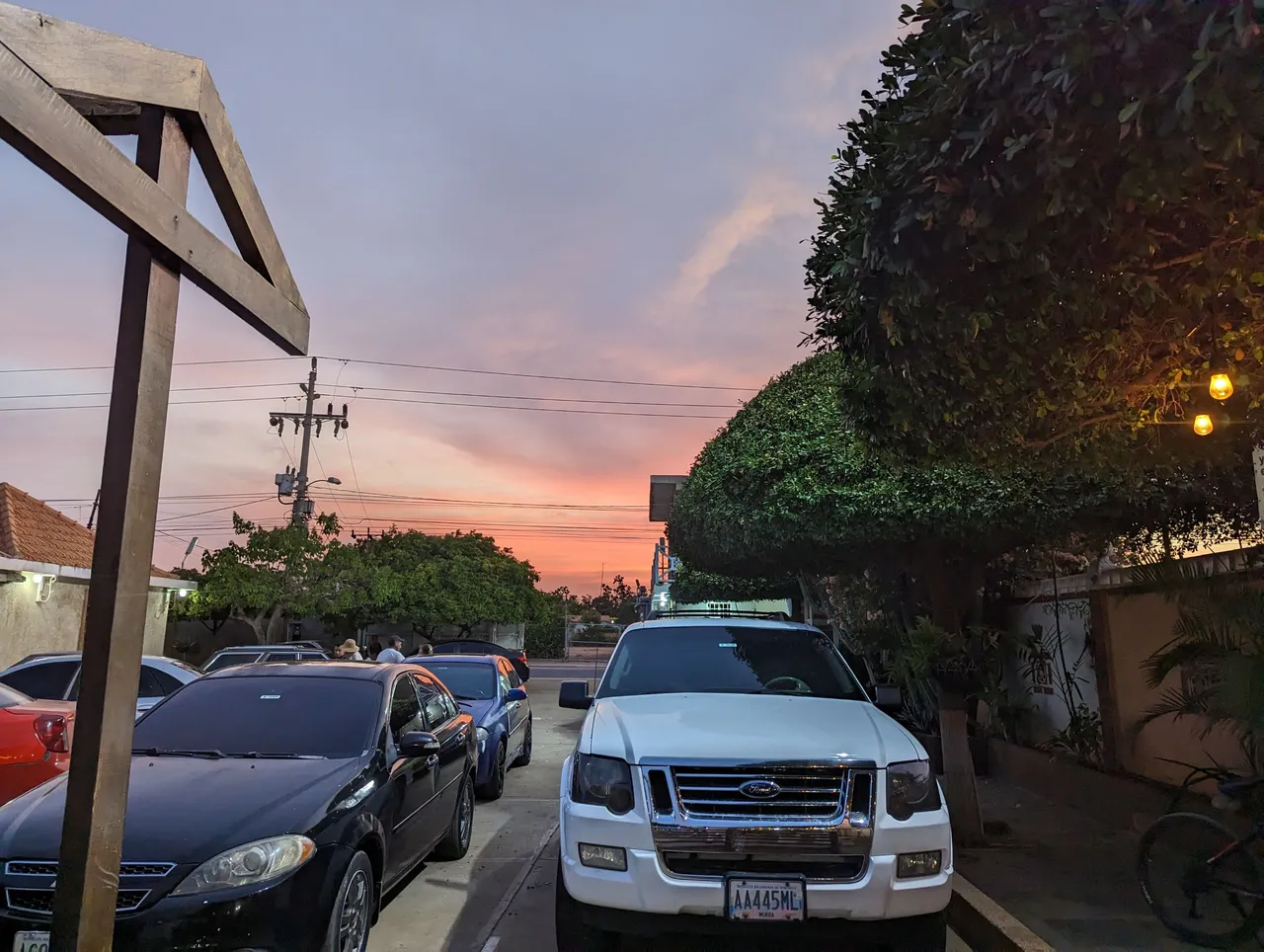
The Google Pixel 6 stands out for two significant changes compared to its predecessor. First, the introduction of the Google Tensor chipset, which, I must say, is not the absolute best but certainly delivers an exceptional "Pixel Experience." Second, they have adopted the recent Samsung GN1 sensor for the main camera.

For years, Google had been using the Sony IMX363 Exmor RS, which was decent enough (as proven by MKBHD in a comparison with other major flagships last year), but it fell behind in low-light photography due to its smaller size.
The GN1 sensor not only offers a larger size but also quadruples the resolution. However, Google made the decision to limit it to 12.5 MP photos using this 50MP sensor, a choice I consider questionable. Nevertheless, I can't complain about the results. The camera captures an impressive amount of light, so unless you're dealing with an extreme scenario, the Gcam with this sensor should handle it flawlessly.
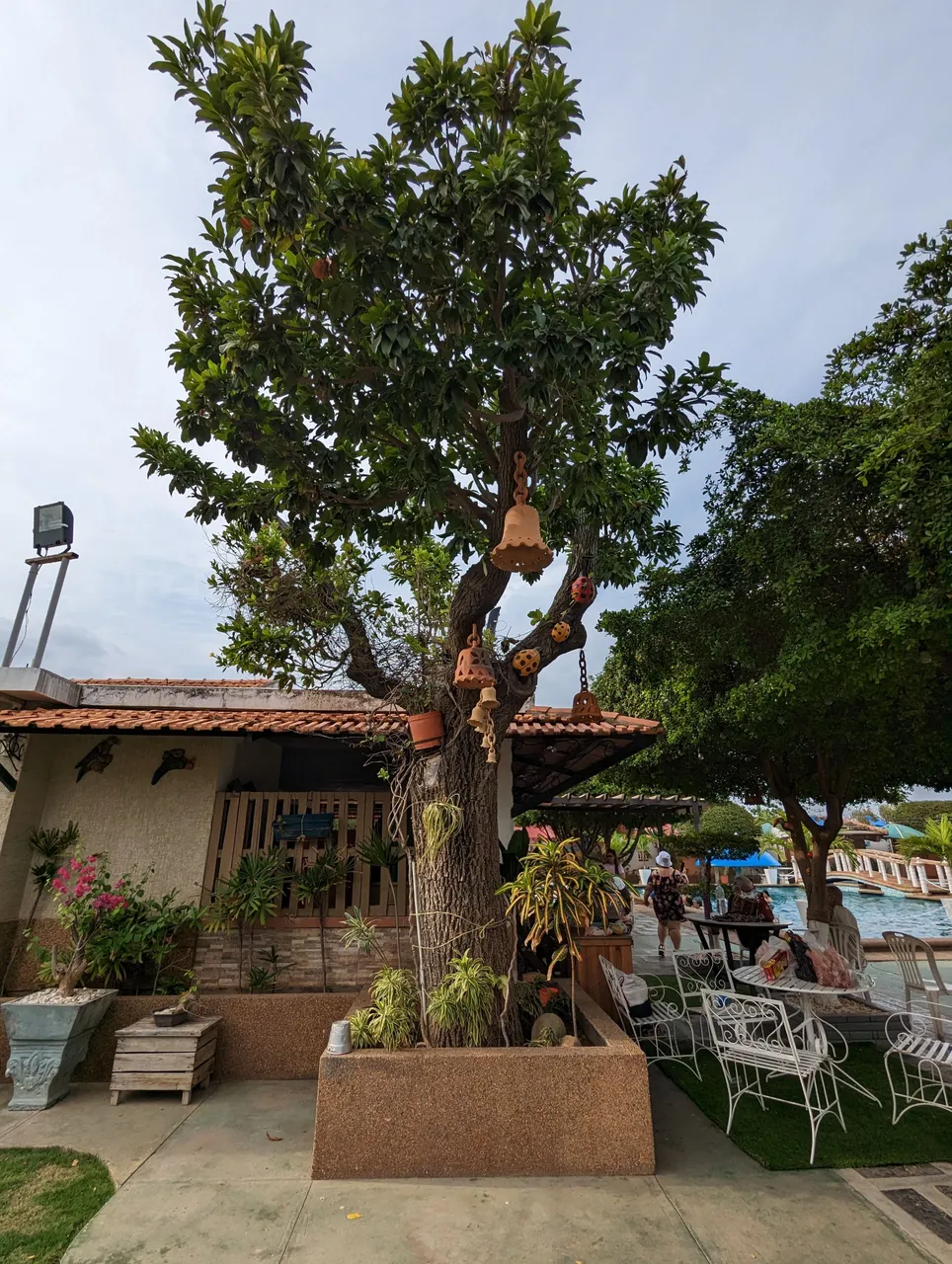
I took these photos at Hato Mamá Ángela Club, a beautiful place owned by my uncle, during the same week I acquired the phone. It was the perfect opportunity to test the capabilities of the camera, and I must say, I'm thrilled with the results.
Although I could further enhance the photos using the raw files and Lightroom, this time I wanted to showcase the camera's performance straight out of the box. What are your thoughts? I understand it still has a long way to go compared to a professional camera, but it makes me wonder if they are truly secure in their dominance. Keep in mind that this phone doesn't even have the best sensor available. It's only a matter of time. Do you agree, or do you have a different perspective? Feel free to share your opinion in the comments, and thanks for reading.
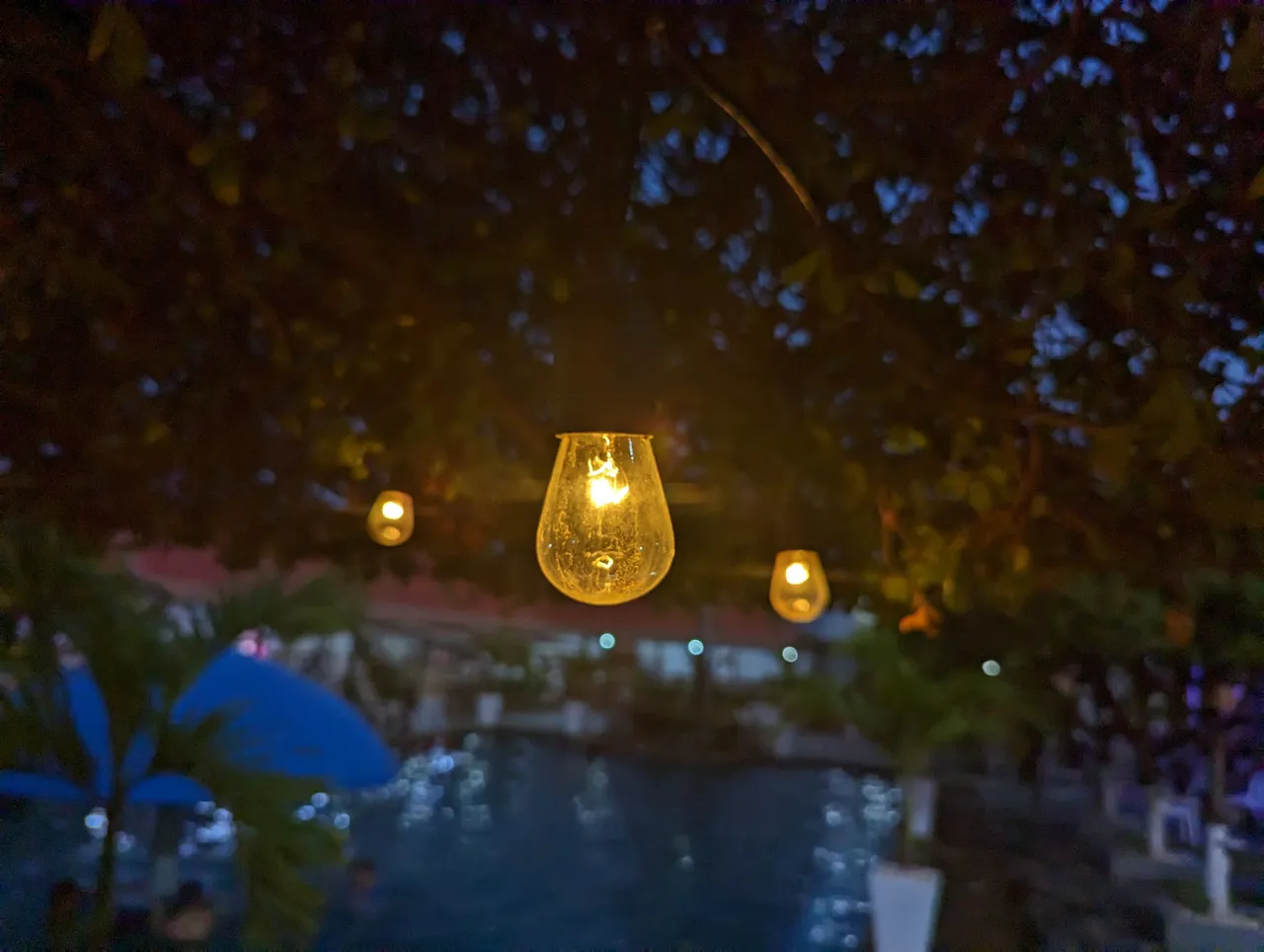
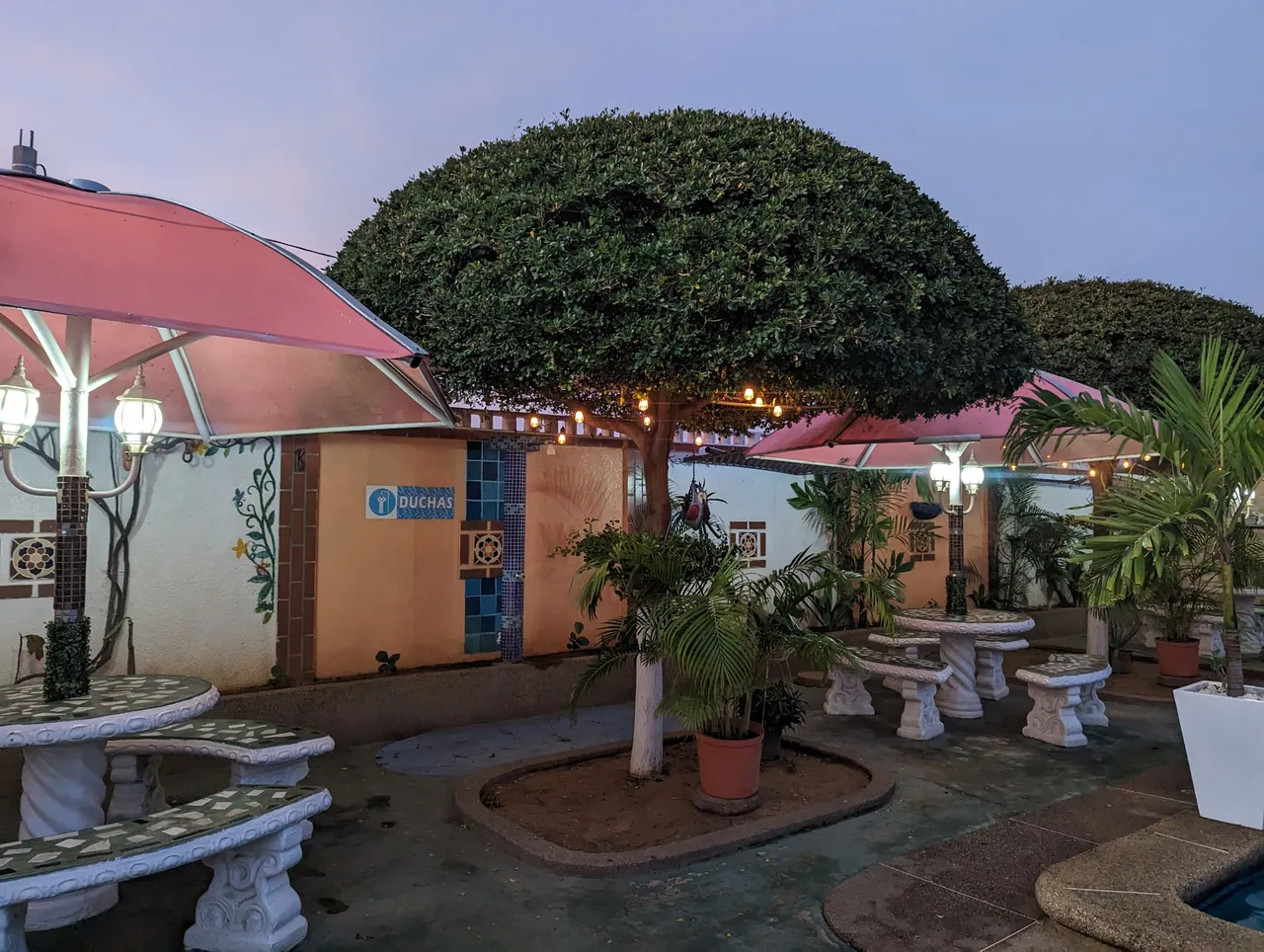

Español
Muy bien, la inteligencia artificial ha estado mejorando nuestras fotos desde hace bastante tiempo. Desde el lanzamiento del primer Google Pixel, otras compañías han estado incorporando IA para mejorar las capacidades de las cámaras de sus teléfonos inteligentes. iPhone, Samsung, Oppo, Xiaomi y OnePlus también lo están haciendo. Sin embargo, Google fue el pionero en este campo y ha estado liderando el camino desde entonces.

La primera vez que tuve la oportunidad de probar un teléfono con fotografía mejorada por IA fue con el Redmi 9T, un excelente teléfono de gama media en el momento de la compra. Debo admitir, sin embargo, que no era el mejor teléfono para fotografía. Si bien se desempeñaba bien en comparación con otros teléfonos de su categoría, las capacidades de IA no eran particularmente impresionantes. Fue entonces cuando decidí tomar el asunto en mis propias manos.

Menos mal que la fantástica tecnología de IA de los dispositivos Google Pixel ahora se puede descargar y utilizar en la mayoría de los teléfonos Android. Puede que no sea oficial ni esté disponible en Google Play, pero se pueden encontrar fuentes confiables para descargarla.
Ya había compartido algunas fotos tomadas con ese teléfono, pero tristemente, fue robado. Fue una terrible pérdida para mí, ya que mi teléfono es esencial para casi todo lo que hago. Lo uso para trabajar, mantenerme conectado con seres queridos, jugar y, por supuesto, capturar fotos de todo lo que llama mi atención.

Pero la vida me sonrió. Tuve la bendición de tener la oportunidad de adquirir el teléfono de mis sueños, el mismo dispositivo que admiraba por sus destacadas capacidades fotográficas mientras usaba una versión de software menos optimizada. Ahora, está en mis manos y no podría estar más emocionado. Más adelante,compartiré cómo logré obtenerlo en Venezuela, a pesar de que no está oficialmente disponible en América Latina. Pero por ahora, quiero mostrar algunas fotos que demuestran el verdadero potencial de esta "Gcam".

El Google Pixel 6 se destaca por dos cambios significativos en comparación con su predecesor. En primer lugar, la introducción del chipset Google Tensor, que, debo decir, no es para nada el mejor, pero ofrece una "Experiencia Pixel" excepcional. En segundo lugar, han adoptado el sensor Samsung GN1 más reciente para la cámara principal.

Durante años, Google había estado utilizando el sensor Sony IMX363 Exmor RS, que era lo suficientemente bueno (como lo demostró MKBHD en una comparación con otros buques insignia importantes el año pasado), pero se quedaba atrás en la fotografía con poca luz debido a su tamaño más pequeño.
El sensor GN1 no solo ofrece un tamaño más grande, sino que también cuadriplica la resolución. Sin embargo, Google tomó la decisión de limitarlo a fotos de 12.5 MP utilizando este sensor de 50 MP, una elección que considero cuestionable. Aun así, no puedo quejarme de los resultados. La cámara captura una cantidad impresionante de luz, por lo que, a menos que te enfrentes a un escenario extremo, la Gcam con este sensor debería manejarlo sin problemas.

Tomé estas fotos en Hato Mamá Ángela Club, un hermoso lugar propiedad de mi tío, durante la misma semana en que adquirí el teléfono. Fue la oportunidad perfecta para probar las capacidades de la cámara y debo decir que estoy emocionado con los resultados.
Aunque podría mejorar aún más las fotos pasando los archivos RAW por Lightroom, esta vez quería mostrar el rendimiento de la cámara tal como viene de fábrica. ¿Qué opinas? Entiendo que aún tiene un largo camino por recorrer en comparación con una cámara profesional, pero me hace preguntarme si realmente están seguras en su dominio. Ten en cuenta que este teléfono ni siquiera tiene el mejor sensor disponible. Solo es cuestión de tiempo. ¿Estás de acuerdo o tienes una opinión diferente? No dudes en compartir tu opinión en los comentarios, y gracias por leerme.



